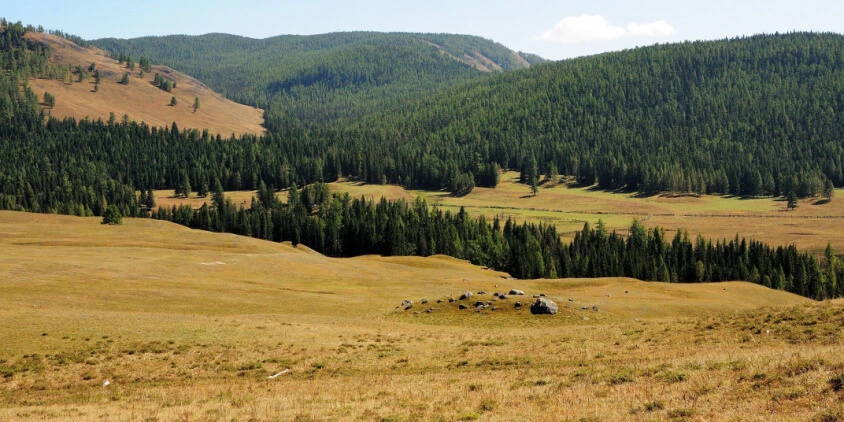
Forest Fragmentation: Far-Reaching Effects And Remedies
Once continuous woodlands are now frequently cut up into pieces. Fragmentation of forests is a hidden but powerful driver of ecological disruption and biodiversity loss. The primary source of forest fragmentation is human activity, such as road construction, urban sprawl, agricultural development, and illegal logging. Because of these actions, the Amazon rainforests are in danger of turning into savannas. The good news is that public and government initiatives toward ecosystem conservation are giving us hope that forest fragmentation may be remedied in the not-too-distant future.
What Is Forest Fragmentation?
The term “forest fragmentation” describes the process of dividing large, uninterrupted forested areas into smaller pieces, mostly by human-made structures such as roads, farms, and transportation corridors. Starting with just a few isolated patches, the process gradually expands to much larger areas over time.
Unbroken forests are among the most crucial ecosystems on Earth since so many species rely on them. However, the widespread forest fragmentation of recent decades has severely hampered the size, continuity, and capacity of the woodlands to perform essential functions. Because of this, the forested areas, which were once home to native plant and animal life, have become inhospitable.
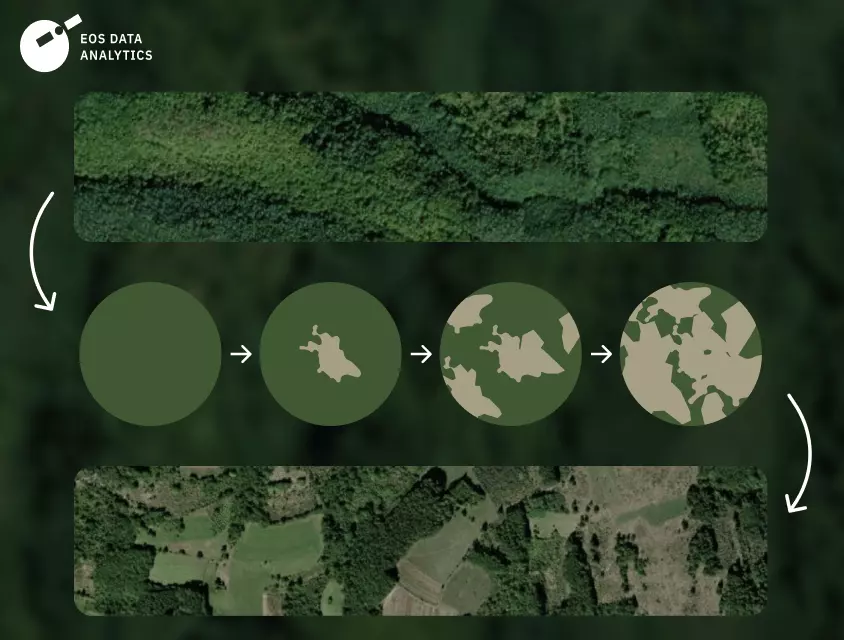
What Are The Causes Of Forest Fragmentation?
Multiple causes can trigger forest fragmentation sequence. Although natural disasters like landslides and wildfires can play a role, human action is unquestionably the key trigger in this process. Human activity is fragmenting intact forestlands around the world at an alarming rate.
Natural Causes
Natural reasons can cause densely forested areas to become unusually barren, which results in forest fragmentation. Here are a few examples:
- Wildfires can burn large swaths of forest, leaving only a handful of surviving trees and shrubs and thus splitting a once-unified forested area.
- Tree diseases and infestations of pests (such as bark beetles) cause local extinctions of forestland plants.
- Extreme weather and seismic events like hurricanes, ice storms, and earthquakes can lead to forest fragmentation, creating gaps within the wood and disrupting its overall structure.
- Soil erosion, particularly followed by landslides in steep areas, can result in the fragmentation of wooded slopes.
Human-Related Causes
Over the past few decades, there has been a dramatic increase in the pace of worldwide forest fragmentation, mostly driven by human activities — negative, haphazard, and ill-considered moves. They contribute to the process in several noteworthy ways:
- Urbanization is accompanied by infrastructure expansion into forested areas, resulting in partial forestland clearing and creating corridors between wooded parts.
- The construction of roads causes forest fragmentation by dividing the forestland into smaller pieces and messing up the ecological balance.
- Deforestation to make room for agriculture leads to forest fragmentation, where individual wooded plots are surrounded by fields, pastures, and agricultural infrastructure.
- Clear-cutting removes a whole tree stand at once and leaves bare ground behind, tearing forestland apart.
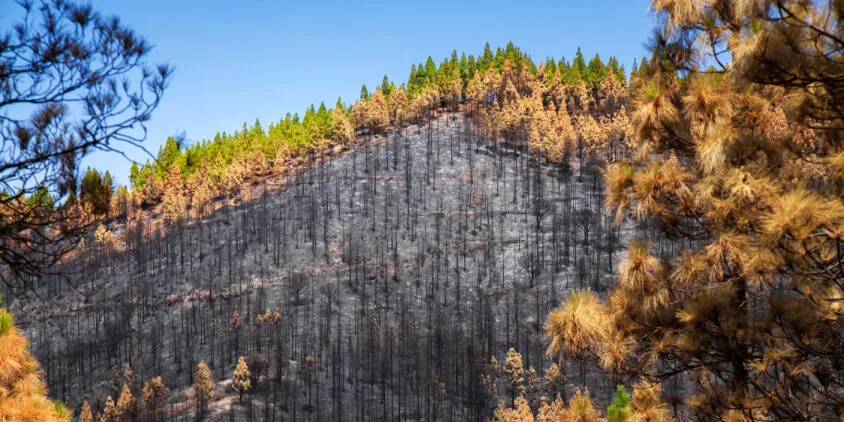
What Are The Consequences Of Forest Fragmentation?
Fragmentation profoundly transforms forest characteristics and ecosystem functionality in ways that endanger biodiversity, carbon storage, and soil health. This process creates isolated islands of suboptimal habitat that cannot support the same diversity and resilience as intact forestlands.
Edge Effects
Fragmentation amplifies the effects of the surrounding environment on the forest, especially at its edges. This results in increased sunlight, higher temperatures, stronger winds, and lower humidity, triggering a chain reaction of negative consequences for forestland ecosystems. Wooded fragments may lose species that are particularly sensitive to changes in microclimate, such as warmth and humidity. Instead, invasive species may spread over the area, degrading the native environment even further.
The edge effects of forest fragmentation also make wildfires, which are already a serious threat to trees and animals, more likely and even more severe. Fire has the potential to extend its reach to the wooded fragments in the event of a fire outbreak in surrounding farms and populated areas. This has disastrous consequences for local ecosystems and wraps up a vicious cycle that began with negative edge effects.
Wildlife Habitat Loss
The habitat of wild animals is constantly dwindling, causing significant damage to biodiversity. Does forest fragmentation contribute to this habitat loss? Yes, since destroying elements crucial to the survival of species that make up their habitat is one of the major forest fragmentation effects on wildlife.
Plants and animals lose their safe havens due to this process. As a result, the survival of many native species is in jeopardy; some may even become extinct. It would be naive to think this is just a regional problem, given the far-reaching impact forest fragmentation could have on species diversity and Earth’s habitability.
Short-winged birds are especially vulnerable to the effects of forest fragmentation. Because of their limited capacity to travel through gaps between wooded patches in search of mates and food, many species accustomed to living deep within rainforests perish in fragmented forestlands .
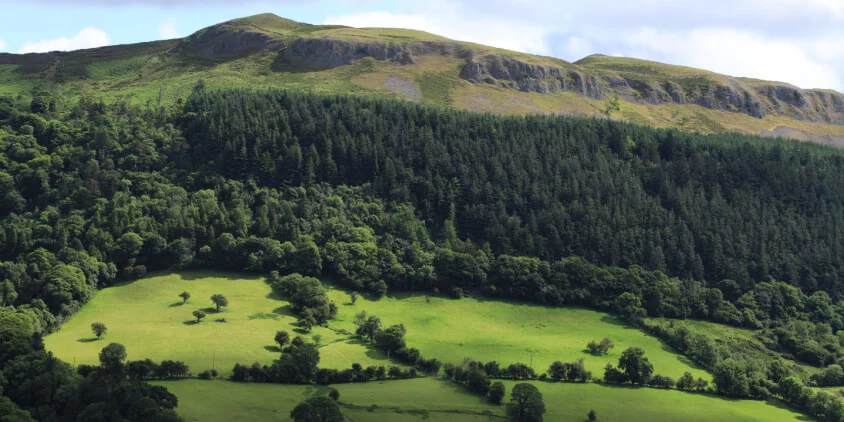
Destruction Of Wildlife Migration Corridors
Animals have a difficult time moving throughout the forest areas due to fragmentation that splits the once-unified woodlands into distinct ecosystems. Human-wildlife conflict escalates when migration routes are destroyed for species including tigers, rhinos, elephants, wild boars, primates, and ungulates. Wild animals see human-altered landscapes like farms and towns as another part of their original natural habitat. Animals with nowhere else to go will sometimes risk crossing human-controlled territory, resulting in harm to both humans and animals.
Economic Losses
Forestry is becoming increasingly challenging, expensive, and unfeasible as forested sections get smaller and smaller. And with it, we lose forestry’s enormous social and economic benefits. This causes a further increase in the rate of forest fragmentation and, eventually, the loss of forestlands.
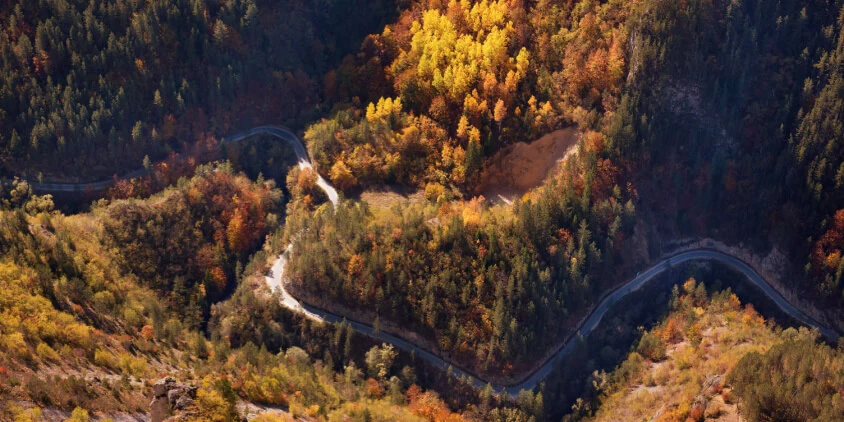
Effects Of Fragmentation On The Amazon Rainforest
The Amazon rainforest is the largest rainforest on Earth, and maintaining it is essential if we are to succeed in our fight against global warming and biodiversity loss. However, as it becomes more fragmented, it risks losing its function.
When a highway cuts through previously undisturbed rainforests in the Amazon, it sets off an upward spiral of divisions. Then, the offshoot roads are tearing large areas of rainforest apart. Despite government regulations against deforestation, colonists in the Amazon frequently cleared land for farming with slash-and-burn methods. This all leads to the gradual formation of isolated tree patches in an otherwise treeless landscape.
The large trees, those with trunks wider than 24 inches (60 cm), are the first to die as a result of the fragmentation in tropical rainforests . Because of their increased exposure to temperature swings and dry winds, smaller trees along the edges are put at risk of drought and fire. These effects extend up to 1000 feet (300 m) into the rainforest.
About 150 million tons of carbon dioxide are released into the atmosphere annually from tropical regions due to the severe loss of trees triggered by fragmentation in rainforests. Furthermore, faster-growing trees gradually replace thicker, slower-growing trees along fragment borders, making room for lianas to flourish. Both lianas and fast-growing trees fall short of sequestering carbon.
On top of that, wildlife, especially those in the understory, suffers greatly from rainforest splits. The isolation of animal groups is another negative effect of forest fragmentation on biodiversity in Amazonia.
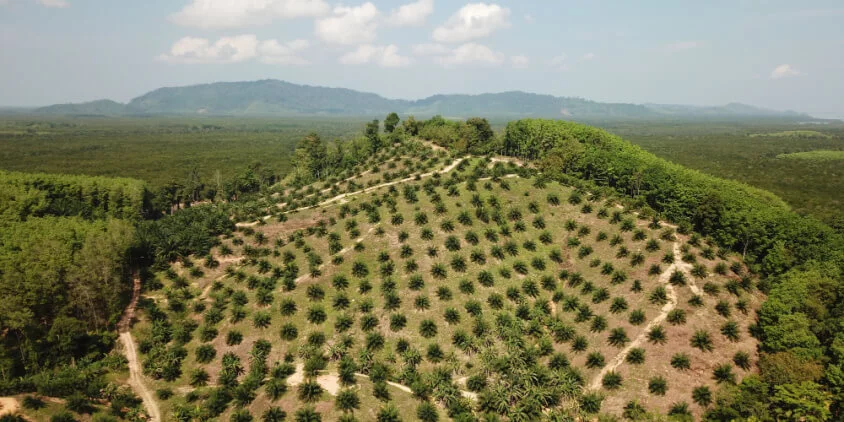
Keeping Tabs On Fragmentation Through EOSDA LandViewer
Patch area, edge, shape, and proximity to other patches are the most common forest fragmentation metrics, but they are difficult to keep an eye on through on-the-ground measurements alone. That’s where remote sensing steps in. By analyzing the spatial patterns of shattered forestlands, remote sensing helps prioritize areas in need of restoration and conservation efforts. Satellite imagery and geographic information systems (GIS) together allow for the tracking of the division process over time and across space. With this GIS information, you can predict future forest fragmentation and its impact on the local biodiversity and economy.
Our satellite-based platform for forestry managers and landowners, EOSDA LandViewer, has the remarkable capability to identify instances of deforestation from afar as well as track the dynamics of other processes intricately linked to fragmentation. By comparing the forest conditions before and after fragmentation, you will gain valuable insights into the impact of this process on your stand.
The Deforestation feature provides comprehensive analytics about changes in forest cover. You can monitor its state every month to determine how much land is covered and whether or not any tree patches have shrunk. Furthermore, our technology allows you to easily determine the perimeter of newly formed edges and calculate the area of deforested regions.
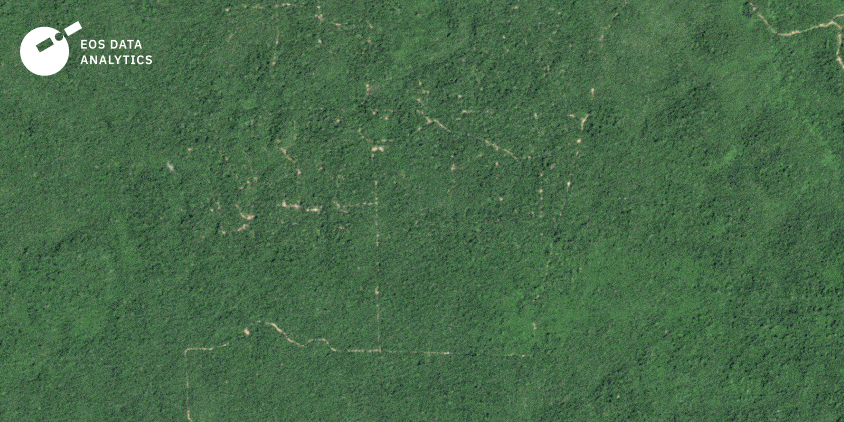
Aside from the solutions above, our research and development team can accommodate your specific demands for forest monitoring software. Send us a request, and we’ll get back to you with personalized recommendations for how we can help.
Gaining Ground In Efforts Against Forest Fragmentation
The public’s views on the importance of reuniting wooded fragments and protecting remaining forestlands are changing. Though today not too many businesses are making efforts to end deforestation, there is a growing chorus of voices from both companies and non-governmental organizations (NGOs) calling for the widespread adoption of zero deforestation standards and the enactment of laws preventing forest fragmentation. The adoption of a new EU Deforestation Regulation (EUDR), which aims to address the urgent issues of greenhouse gas emissions and biodiversity loss, confirms governments’ desire for a more cautious attitude toward forests .
Preventing illicit deforestation, undertaking reforestation, engaging in sustainable logging that doesn’t cause fragmentation, and encouraging agroforestry all contribute to conserving forestlands. Ecological restoration efforts have also been shown as ways to successfully reduce forest fragmentation by connecting newly established forested patches with preexisting ones .
The progress made in sustainable forestry management thanks to legislation and public efforts is encouraging. Only a few years ago, we witnessed outstanding forestland conservation initiatives in the Brazilian rainforests . They may become widely adopted there and used as a model for the rest of the globe.
About the author:
Petro Kogut has a PhD in Physics and Mathematics and is the author of multiple scientific publications. He is the Soros Associated Professor as well as the head of the department of differential equations in the Oles Honchar Dnipro National University and has received a number of grants, prizes, honorary decorations, medals, and other awards. Prof. Dr. Petro Kogut is a science advisor for EOSDA.
Recent articles

Analyze 2025 & Plan Your Best Year Yet: LandViewer Christmas Offer
It’s the most wonderful time of the year! The Christmas holidays are here, and so is your chance to analyze 2025 and plan a prosperous 2026 with more affordable Pro plans in LandViewer.

EOSDA Models Climate Change Impact On Sugarcane Yields
EOSDA modeled future temperature, rainfall, and other climate impacts on Veracruz sugarcane. The results help growers plan long-term adaptation strategies, including timing, varieties, and irrigation.

EOSDA LandViewer Black Friday Sale: Exclusive Offers & Giveaway
This Black Friday, LandViewer offers new users the chance to save on monthly plans, get extra months with yearly subscriptions, and participate in a free annual plan giveaway.

